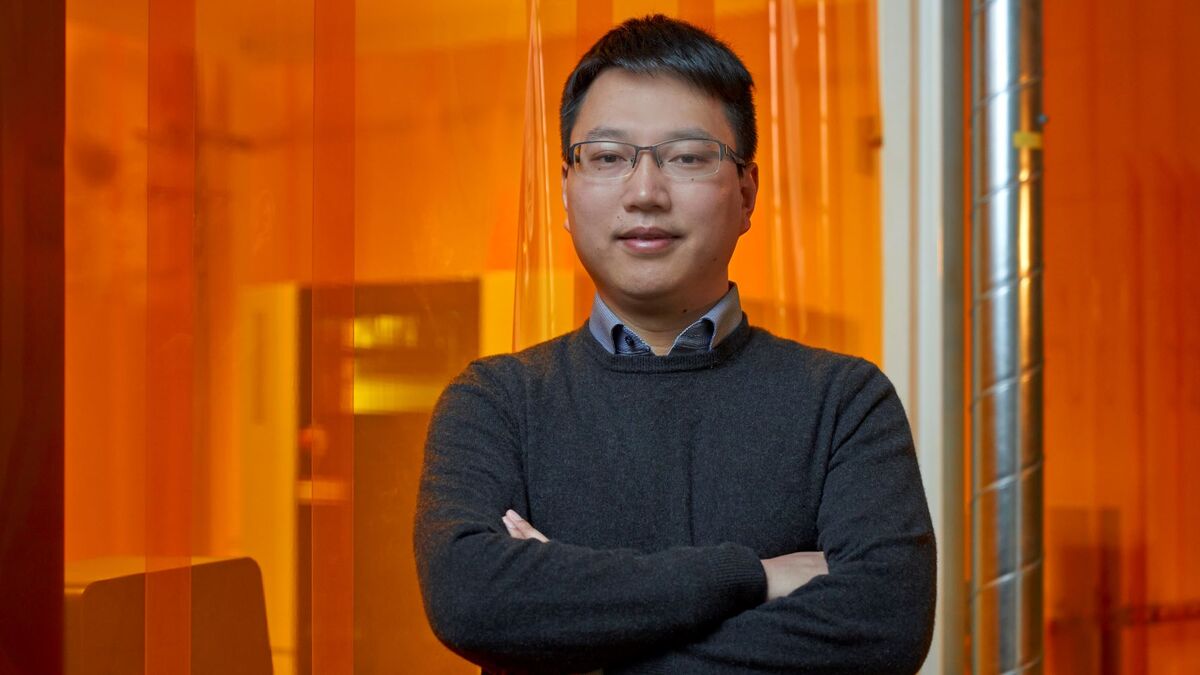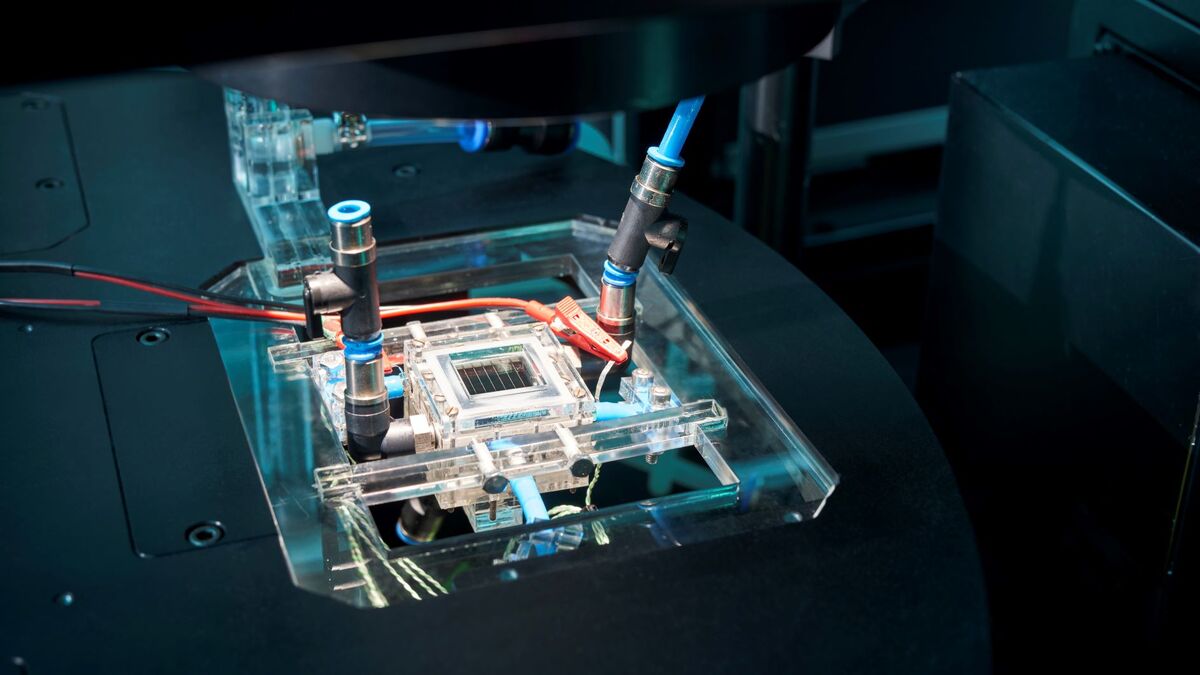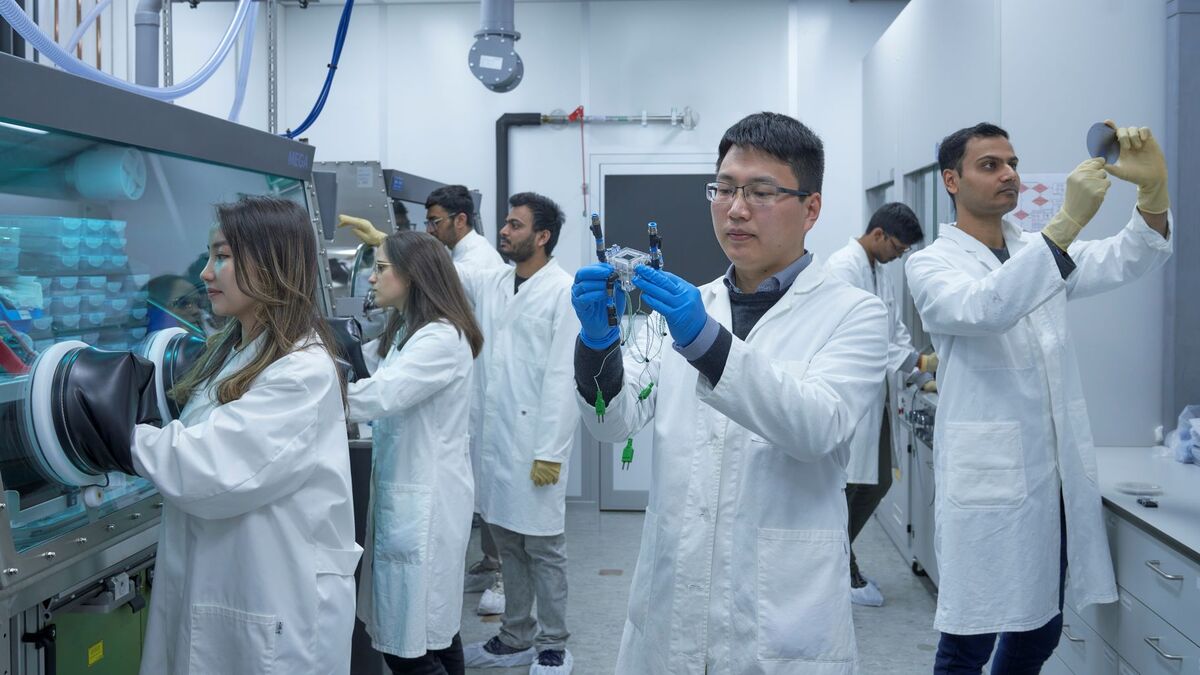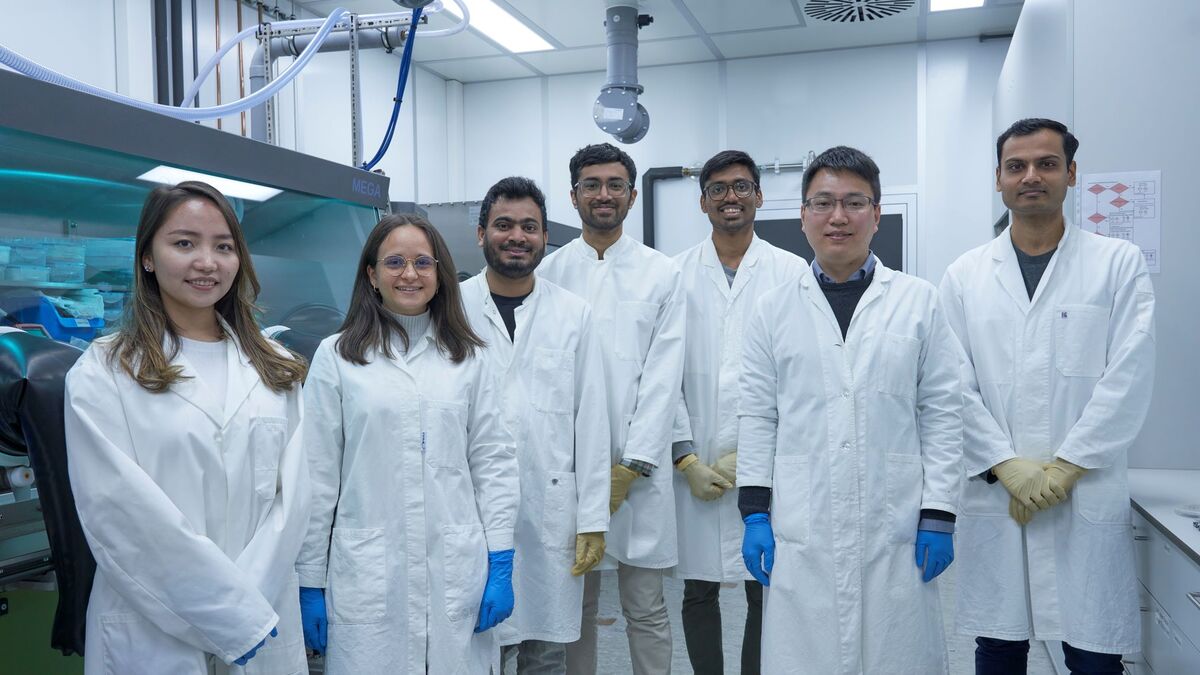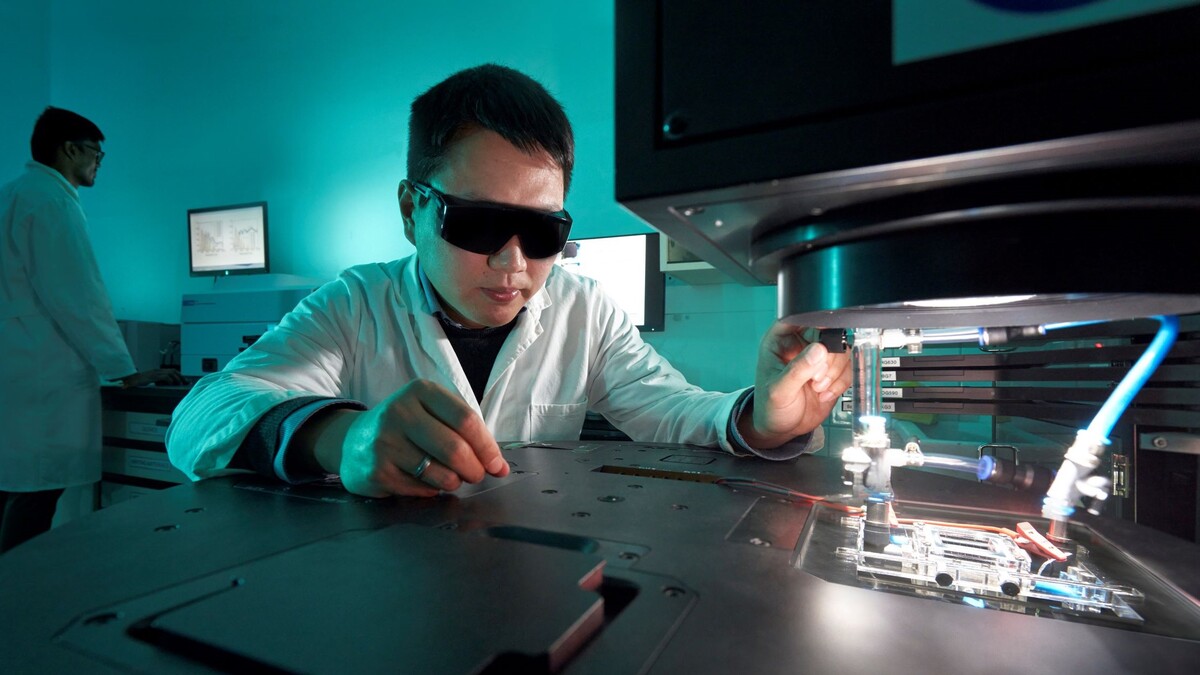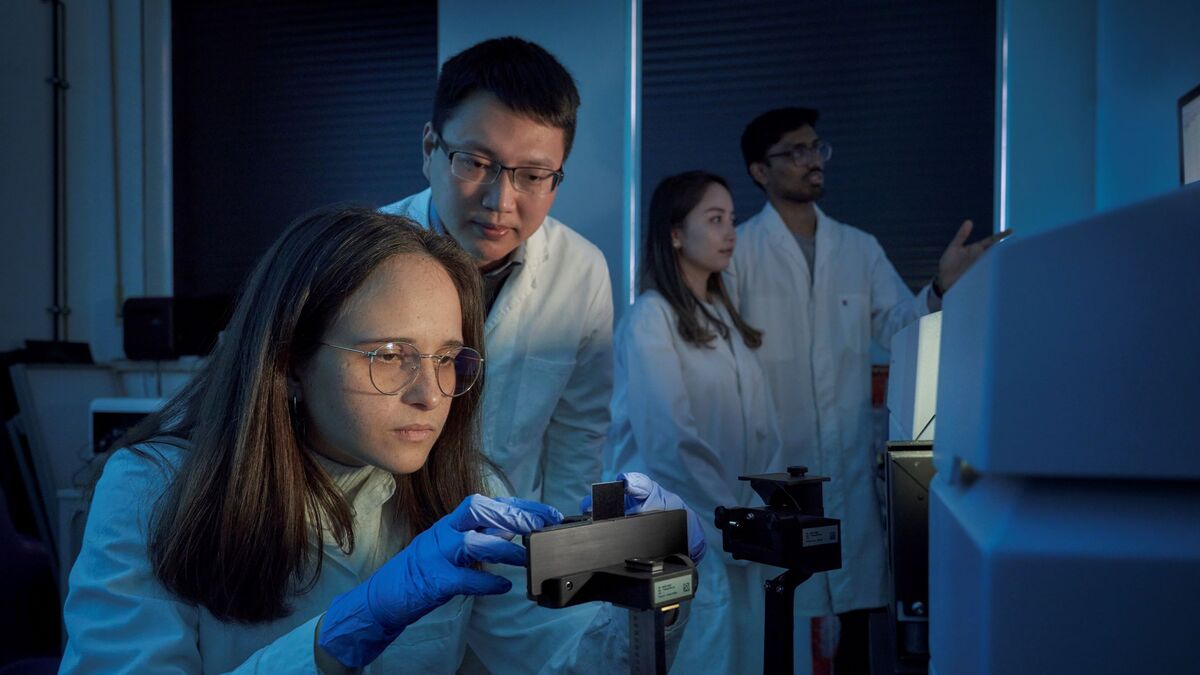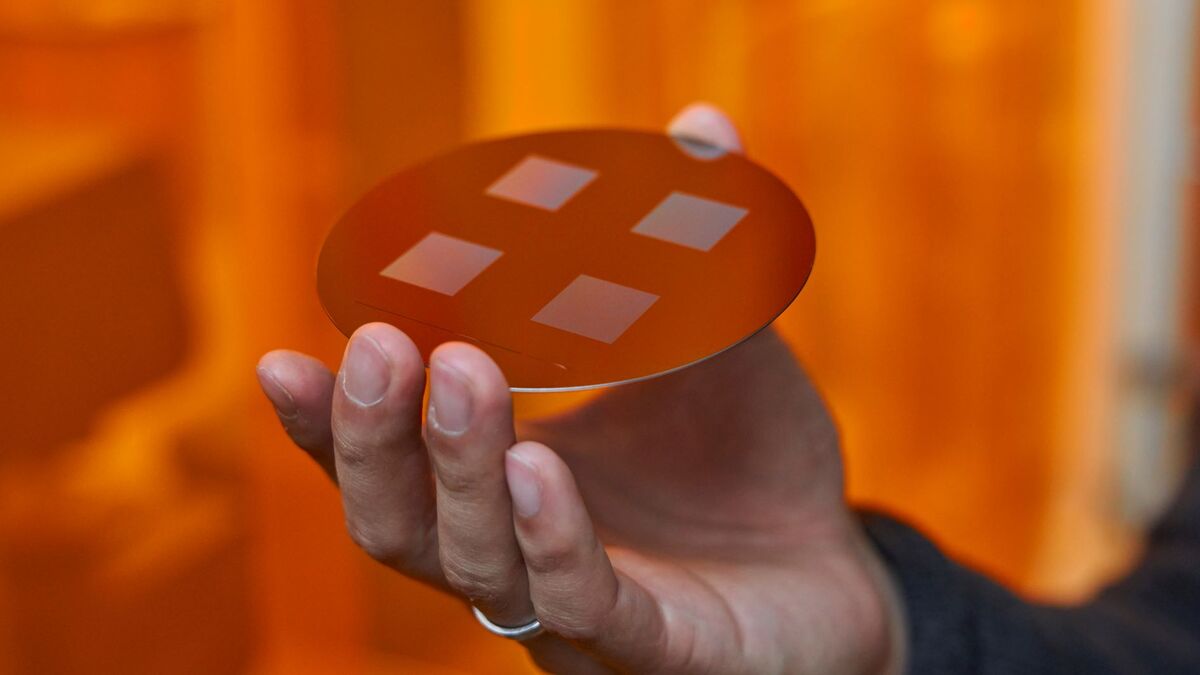Picture a Scientist - Portrait Gan Huang
The Sun Catcher
“Clean, abundantly available, and usable everywhere in the world – the sun provides many thousands of times more energy than humanity needs,“ says Dr. Gan Huang. The fact that solar energy holds enormous potential for a climate-neutral future was recognized by the Chinese-born scientist early on in his international career, which brought him from Beijing to Karlsruhe via Oxford and London, with stopovers in the USA and Japan. He is consistently working on technical solutions to intelligently capture the energy sent to Earth by the sun and use it efficiently: For power supply, heating, and cooling.
At Karlsruhe Institute of Technology (KIT), Dr. Gan Huang conducts research in the Nanophotonics for Energy (N4E) department at Institute of Microstructure Technology (IMT). Since 2022, he has been leading a junior research group and participates in the Young Investigator Group Preparation Program (YIG Prep Pro) of KIT. This group includes a total of eleven young scientists from six countries. They come from various technical and natural science disciplines, from mechanical engineering and materials science through to optics and photonics, and work in a highly interdisciplinary manner.
Photovoltaics Likes it Cold – Solar Thermal Likes it Hot
Splitting sunlight into spectral colors, developing hybrid modules to supply electricity and heat, sending thermal radiation into space – these are central strategies that Huang is pursuing with his YIG Prep Pro Group to make the best possible use of space available for solar plants and achieve the highest possible efficiencies. He combines photovoltaics and solar thermal energy, i.e. the conversion of solar energy into electrical energy and into thermal energy, and supplements it with radiative cooling.
The efficiency of photovoltaics is physically limited: In theory, simple solar modules can convert around 30 percent of incident light into electricity, but in practice, the limit for the silicon modules currently most commonly used is around 23 percent. This means that more than 70 percent of the solar energy escapes unused as heat. In addition, the efficiency of photovoltaics drops when the temperature rises – and this happens precisely at the best feed-in time at midday and in the afternoon. Solar thermal, on the other hand, requires high temperatures to collect heat in a carrier medium. A complicated situation.
Hybrid Modules Provide Power and Heat Simultaneously
Dr. Gan Huang has found a way to combine seemingly incompatible processes: He splits the incident solar radiation into two spectral regions. The range that photovoltaics can utilize goes into a semitransparent perovskite solar module, which provides electricity as well as low-temperature heat for heating and hot water. The remaining solar radiation, especially the near-infrared region, moves on to an underlying solar thermal absorber that provides high-temperature heat. This can be used for industrial processes, among other high-temperature applications. The module, which consists of spectral splitting hybrid photovoltaic-thermal (SSPVT) collectors, is characterized by a relatively simple design. The concept requires no additional optical filter and does not compromise photovoltaic efficiency. In the lab, Huang tested the SSPVT module under a solar simulator: It can generate heat of more than 100 degrees Celsius while the photovoltaic cells remain at a temperature below 50 degrees Celsius. SSPVT has the potential to provide 18 percent electricity, 38 percent low-temperature heat, and 24 percent high-temperature heat.
Tiny Pyramids Send Heat into Space
But that’s not all: Dr. Gan Huang and his group have developed a metamaterial for radiative cooling – without using electricity and without emitting greenhouse gases. The principle of radiative cooling can be experienced in everyday life, especially in autumn: “If a car is parked outdoors at night, the windows can ice up, even if the temperature is above freezing,” the researcher explains. “The windows exchange their temperature with the night sky.” Radiative cooling, hence, means sending heat through the atmosphere into space. However, the atmosphere is only permeable to thermal radiation in a certain range of the spectrum. And this window has to be hit.
Developed by Dr. Gan Huang, the metamaterial, which is produced inexpensively from a polymer, has a pyramid structure, transmits sunlight, and sends heat in the range of 8 to 13 micrometers wavelength into space. “In developing it, we took our cue from a model in nature,“ the scientist reveals. “The silver ant, which lives in the Sahara, has hair that reflects light and emits heat. This allows the ant to survive at extremely high temperatures.“ Tests at KIT’s IMT have shown that this effect can best be mimicked by a metamaterial with pyramids smaller than ten micrometers. The polymer film is suitable for application to building and vehicle roofs. Moreover, Huang combines the technology called passive daytime radiative cooling (PDRC) synergistically with the hybrid solar modules described above to harness the energies of the hot sun and cold space together to provide electricity, heating, and cooling simultaneously.
Researcher Appreciates Interdisciplinarity and Internationality at KIT
Developing such complex solutions requires a broad research background: Gan Huang earned his doctorate in mechanical engineering at the renowned Tsinghua University in Beijing. He then conducted research at the University of Oxford. At Imperial College London, where he worked in the Clean Energy Processes Laboratory, he began working on solar energy. He has published in major scientific journals and received several awards. At KIT, where he also lectures on solar technologies together with Professor Bryce S. Richards, he appreciates the interdisciplinarity and internationality. Dr. Gan Huang lives with his young family in the center of Karlsruhe. “I like the city – it provides an atmosphere where I can focus on my research.“
Text: Dr. Sibylle Orgeldinger, Translation: Heidemarie Knierim

